#Astrobiology
Explore tagged Tumblr posts
Text
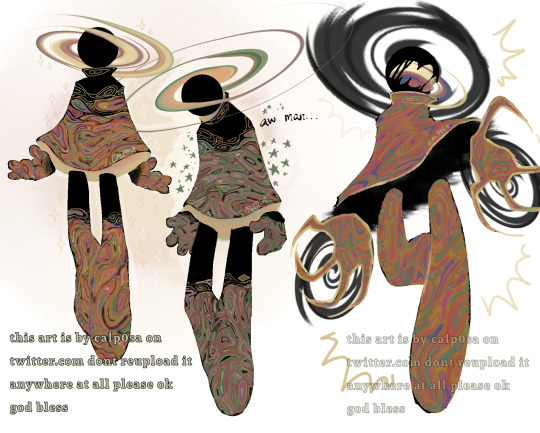

black hole tpot design + astrobiology (once again pretend twitter is french for tumblr)
4K notes
·
View notes
Text
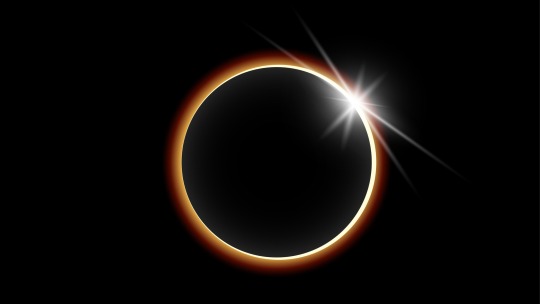
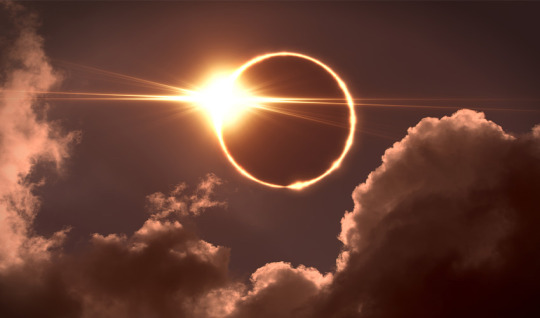
(NEW UPDATE WITH PHOTOS) Send us your best photos!
Absolutely beautiful! I hope everyone took this in! Makes you think just how small we are. A moment the world comes together as one! That’s true humanity . We will be uploading more amazing photos to this same post. So come back later on and check out our 2024 once in a lifetime eclipse photos.
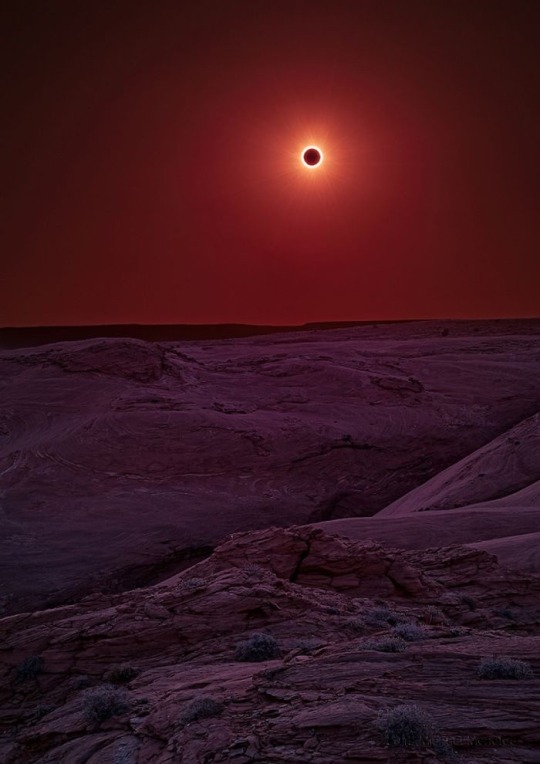
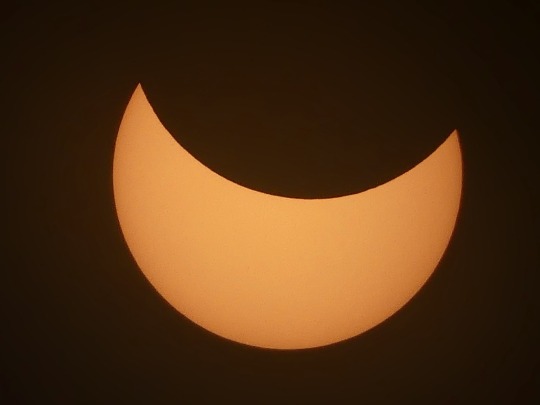

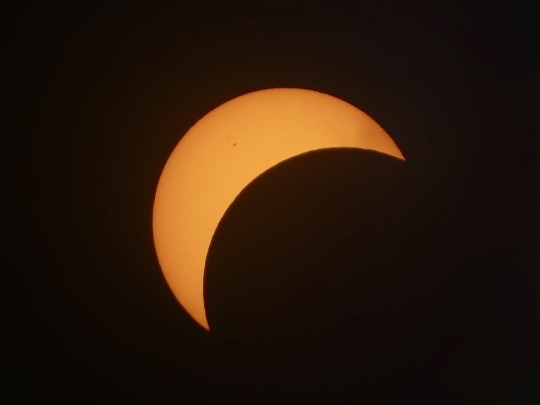

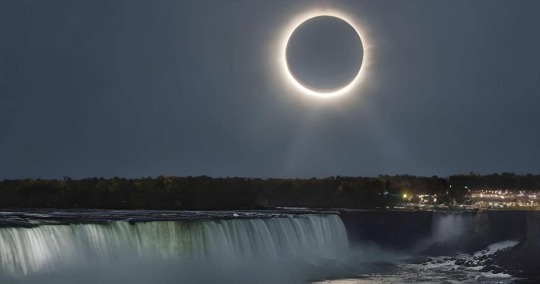
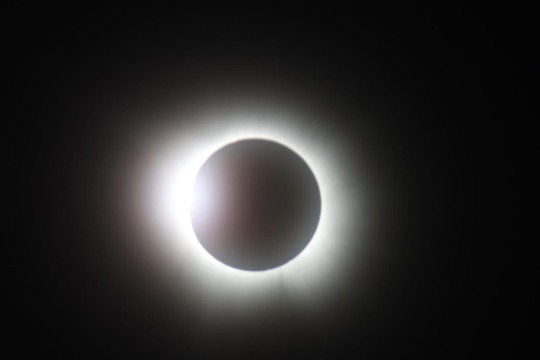
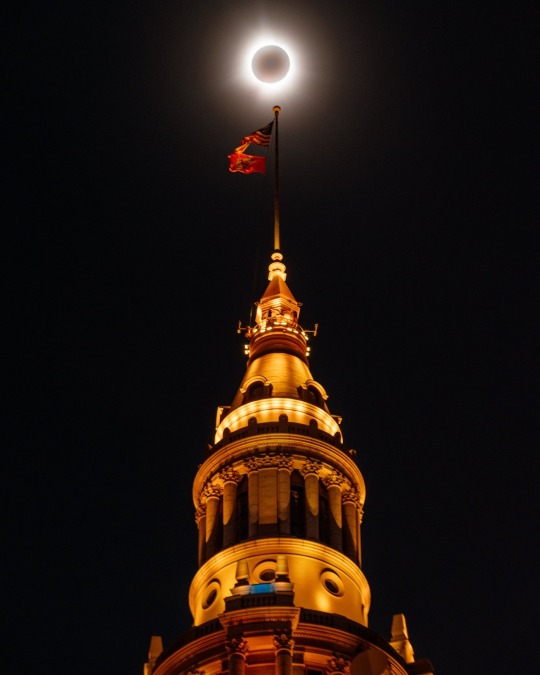
#solar eclipse#eclipse 2024#2024#astronomy#astronomers#nasa#universe#astrophotography#nasa photos#astrophysics#outer space#nasawebb#hubble space telescope#i love astronomy#astronomy facts#astrography#astrobiology#astronauts#astro community#space program#planetary science#planetary nebula#international space station#space exploration#space#science facts#space science#sci#astro notes#astro observations
6K notes
·
View notes
Text

AF Attack for @jayrockin!
My headcannon is that Talita was taught how to read Portuguese in homeschooling, before choosing to switch to on-campus schooling and subsequently becoming very rusty in it. Here she's reading a reprint gibi* of Turma da Monica (featuring a scan of my own copy of the gibi I've had since childhood). I think Cebolinha would've been her favorite from the turma because she's interested in his meticulous "infallible plans".
*gibi means comic!
#selkra scribbles#art fight 2024#art fight#fanart#speculative biology#spec bio#alien#xenofiction#astrobiology#worldbuilding#sci fi#science fiction#turma da monica#turma da mônica#cebolinha#rtts#runaway to the stars
1K notes
·
View notes
Text




The climate in this region is usually hot and dry, punctuated by sporadic torrential downpours. After such events, the ground flourishes with a dense interconnected web of growth taking advantage of the temporary hydration. Once all the water dissipates, the soil is left to crack in the heat of the day. During these times Ponderosus are on the move, searching for the last remaining vernal pools. They used the times of plenty to fill up on nutrients, but now during a drought they switch primarily to photosynthesis to meet their energy needs. The smaller, dish-faced Lanx are not so lucky. Embedded in the ground unable to move, they must simply go dormant if the rains do not arrive soon enough. For now they point their open frills at the sun and gather energy while they still can. A Stealthspring prowls the scene looking for unfortunate small creatures who may not be faring well in the heat. Their predominant walking style requires a different gait for front and back sets of legs, but if needed their whole body becomes a giant spring, allowing them to burst forward for great distances. In an environment where major features like the ponderosus can move, it can be difficult to navigate from day to day, so the stealthspring must be ready to take flight at any time, should danger come calling.
#space#art#creature#alien#exobiology#drawing#astrobiology#creature design#speculative evolution#worldbuilding#specbio#alien life#digital art#scifiart#scifi#xenobiology
776 notes
·
View notes
Text
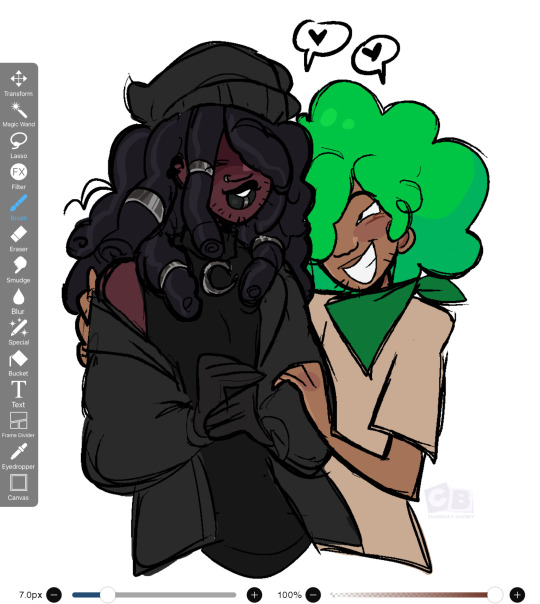
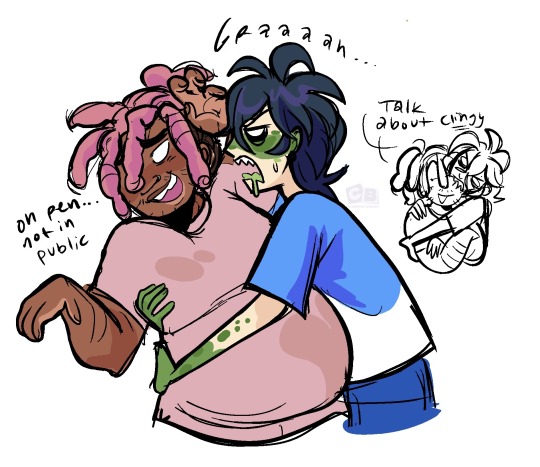
feeding the yaoi fans…
#my art#illustration#my art!#art#fan art#bfdi#battle for dream island#bfdi pen#bfdi eraser#bfdi black hole#bfdi tree#astrobiology#tpot#the power of two#penraser#bfb treehole#battle for bfdi#bfdi humanized#bfdi fanart#art request#character design
1K notes
·
View notes
Text
Sum black hole and tree doodles
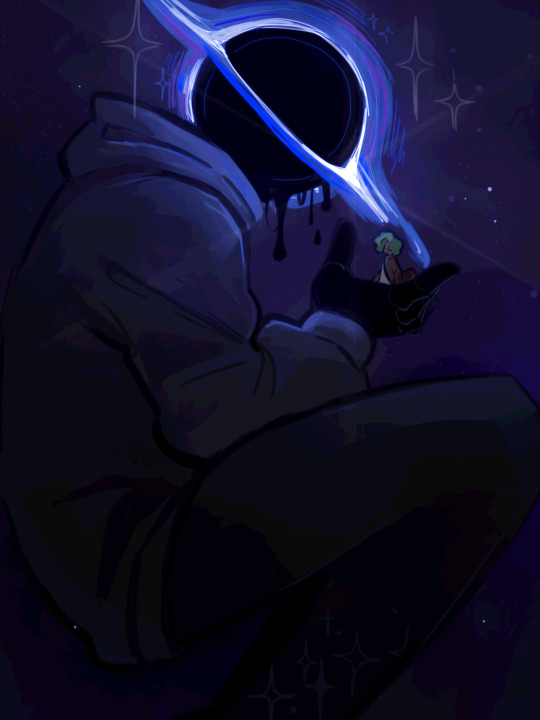



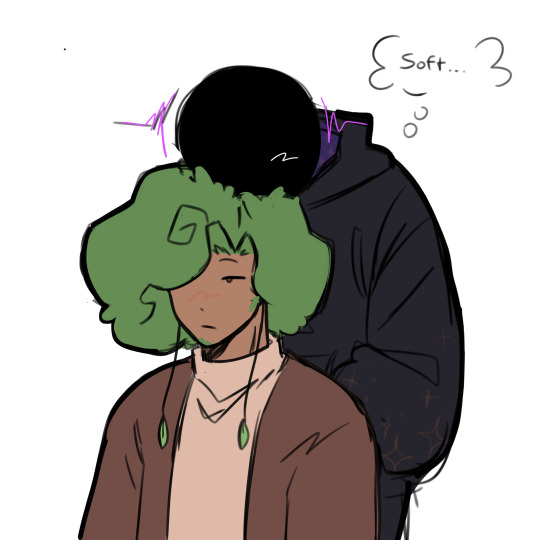
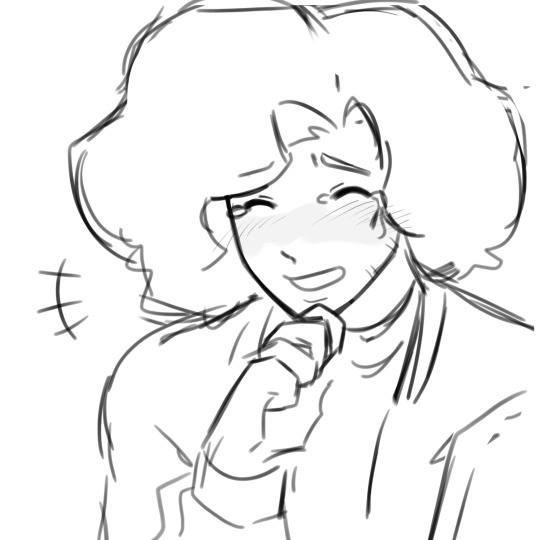
734 notes
·
View notes
Note
There is a trope in older sci-fi that Mars was once green planet like Earth, but then something happened and it turned into a dessert where water is scarce, but biosphere ultimately survived.
Like, is there any way something like this can happen realistically on any planet? Maybe not water disappearing of the planet but largely going deep underground so it's not accessible to surface inhabitants?
Well, it IS what literally happened to Mars. Actually, what happened, or what it's believed happened, is that Mars didn't have enough of a magnetic field to prevent the solar wind from stripping away its atmosphere, and it didn't have a large mass like the Earth to keep it in any case. Incidentally, this is why the Moon is also lifeless despite being in the "habitable zone" where it could have liquid water: it simply doesn't have a magnetic field or is massive enough (despite being so big it could count as the Solar System's 5th inner "planet"). Another thing against Mars is its apparent lack of plate tectonics, which, at least on Earth-like worlds, require oceans as a "lubricant", so to speak. Without plate tectonics and only with ocassional volcanoes, the Martian atmosphere and its CO2 could not regenerate (and this is vital for keeping greenhouse gases, especially for a world far away from the Sun like Mars), so it's the way it is today.
However, this was apparently a slow process. Oceans on Mars apparently existed as far as 2 billion years ago, at the same time Earth also had life. It's possible that the own circulation of the water in the ocean managed it to keep from freezing, even if the atmosphere was cold. This is all very on the air right now but if this is true, it means that the Solar System had 2 worlds with liquid water oceans. Maybe 3, the situation at Venus is not well known.
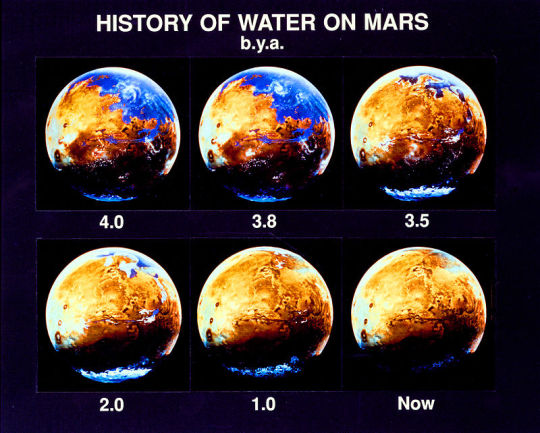
And indeed, like you said, water doesn't just "dissapear", it has to go somewhere. In the case of Mars, it froze underground and on the ice caps, or otherwise was blown away as water vapor as the atmosphere depleted (with not atmospheric pressure, it can't remain as liquid). This is still hugely debated though. Every time something like water flows or subsurface lakes is discovered there's endless debate on what's going on Mars, but I think it's fair to say there must be lots of frozen water there.
In worldbuilding, you could indeed have a desert world this way. It could be that intelligent life evolved at the last days of it as an oceanic world, with the water cycle mostly locked in glaciers and sub-surface ice, and besides the equator everything else is cold, barren desert. In fact, Mars is basically this. If it had a breathable atmosphere it would resemble such a setting.
However, one has to wonder how would life would survive in such a setting, if there's no oceans with phytoplankton or forests and vegetation to replenish oxygen. Vegetation is very hardy, many deserts that aren't dunes or rock have some. But there are limits.
Arrakis from Dune had this same logical problem and Frank Herbert knew it. He solved it by making the sandworms (MAY HIS PASSAGE CLEANSE THE WORLD. MAY HE KEEP THE WORLD FOR HIS PEOPLE) produce oxygen. This makes a lot of sense. After all, Dune is covered in dunes, and sand is made mostly of silicon dioxide. So if the digestive processes of the sandworm digest silicon dioxide, this would give a lot of oxygen. How many sandworms and at what rate would they produce oxygen is debatable, but there is a working mechanism. Some funky stuff like that might work in places like Tatooine too. But I believe even some small oceans or places with vegetation would be able to sustain an oxygen atmosphere, especially if the atmosphere was oxygenated already. It's a careful balance though.
Another way to get desert worlds is to look at the future of our own Earth. Even before the Sun becomes a red giant, the Sun will increase in brightness and the temperature will rise. One billion years from now, most carbon dioxide on the atmosphere will be sequestered by erosion and geological processes, and if not replenished by volcanoes and tectonics (which are predicted to slow down too, especially with the oceans deplenishing), there would be little photosythesis with only hardy plants surviving, most life will only survive in the poles or at high altitudes, it's likely that water life will also start going extinct without dissolved oxygen. The oceans will also eventually start to evaporate and there are two options here: Earth might become a hellish greenhouse world like Venus, if they evaporate slowly and it remains in the atmosphere, or the evaporation might be rapid, which might make, as I understand it, a brief wet period, and then desert as it desintegrates in the upper atmosphere. It all depends on how long tectonics go on (as continents grow, deserts will too) and if there are other events, though. This is still hugely debated, currently I'm reading The Life And Death of Planet Earth which talks about such happy topics as these.
There's also another posibility, that your planet just wasn't formed with enough water and atmosphere in the first place. It's some point of debate on how much water and atmospheric pressure an Earth-like planet needs to sustain life. But you could concievable have a much lesser atmosphere and surface water than Earth, and this atmosphere would remain 'sunk' in lowlands, valleys, craters, etc. separated by lifeless highlands (or highlands with very sparse extremophile life). This might make some really strange stuff, but it would be great for a speculative biology project.
(if you liked this post and would like to read more worldbuilding stuff, consider tipping me here!)
246 notes
·
View notes
Text
After decades of dreaming of Jupiter’s moon Europa — and the vast ocean that probably lies beneath its icy surface — scientists are now weeks away from sending a spacecraft there. NASA confirmed yesterday that its Europa Clipper mission will launch on schedule, following a scare that it might have to be significantly delayed owing to possibly faulty transistors installed on the US$5-billion spacecraft. “We are confident that our beautiful spacecraft and capable team are ready for launch operations and our full science mission at Europa,” Laurie Leshin, the director of NASA’s Jet Propulsion Laboratory (JPL) in Pasadena, California, said at a 9 September press conference. With a mass of more than 3.2 tonnes, a height of roughly 5 metres, and a width of more than 30 metres with its solar panels fully unfurled, Europa Clipper is the largest spacecraft that NASA has ever built for a planetary mission. Yesterday, the mission passed what’s known in NASA parlance as ‘key decision point E’ — the final review hurdle that needs to be cleared before proceeding towards launch. The spacecraft’s launch window opens on 10 October.
Continue Reading.
228 notes
·
View notes
Text
Pondering life on planet Venus in Life Around Us, 1971.
153 notes
·
View notes
Text
Some doodles i made for pride month : D




236 notes
·
View notes
Text
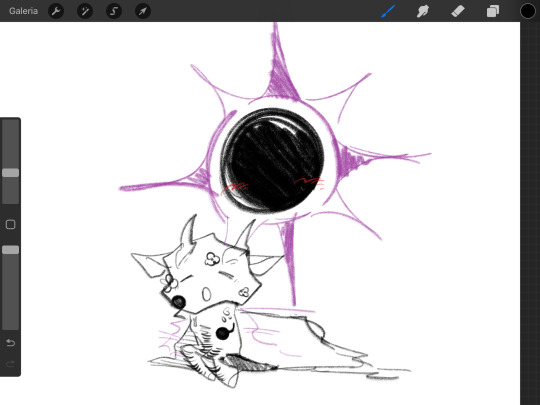
astrobiology doodle
#art#my art#swan’s art#small artist#osc#object show#tree bfdi#tree bfb#tree tpot#tpot#black hole tpot#black hole bfb#astrobiology#tpot astrobiology#the power of two#bfb#battle for dream island#battle for bfdi#bfdi#tree x black hole
111 notes
·
View notes
Text

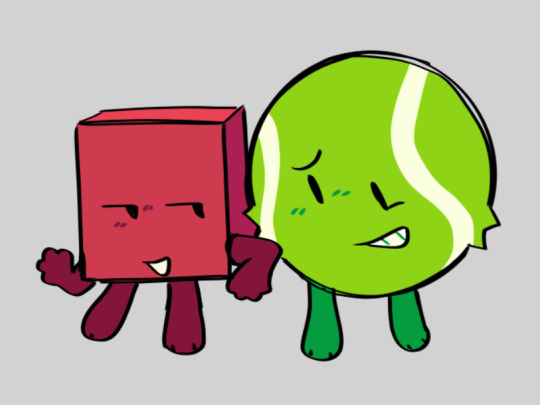
astrobiology and tenblock for my beatie liam i SEE YOU
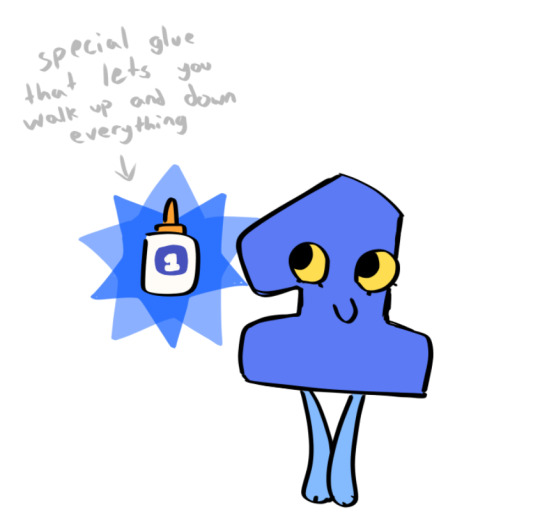
and….?
i actually do not remember drawing this one so make of it what you will
#bfdi#battle for dream island#astrobiology#tenblock#bfdi black hole#bfdi tree#bfdi tennis ball#bfdi blocky#tpot one#fanart#rarepair#because i know no one else who ships tenblock#osc#bfdia
69 notes
·
View notes
Text
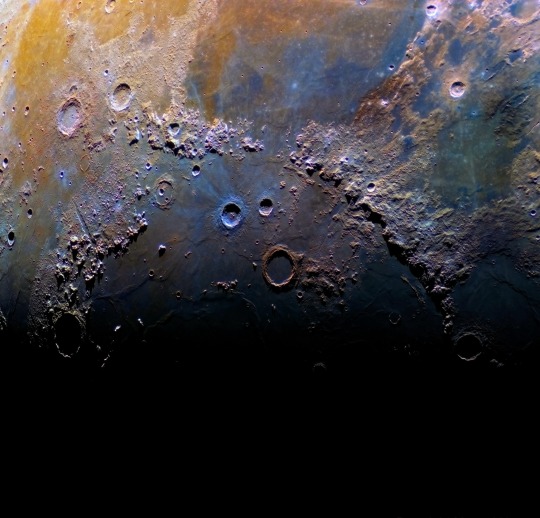
Mare Imbrium sunrise

#moon photography#moon#astronomy#astronomers#universe#astrophotography#nasa#nasa photos#astrophysics#outer space#nasawebb#hubble space telescope#i love astronomy#astronomy facts#astrography#astrobiology#astronauts#astro community#astro notes#astro observations#astroblr#astro boy#astrology observations#planetary science#space exploration#space#science facts#science#space science#cosmos
2K notes
·
View notes
Text


Cutting it close, but here's my entries for the Refugium Creature Design Contest! @simon-roy
The rasparoos are large dog-sized herbivores who leap in family groups along rolling temperate lichenfields, using grazing mandibles to scrape lichens off of rocky surfaces. During the fall season, they fatten up on sugary fermented “honey”-filled pinwheels produced in hives in their territory, obtained by breaking in with their claws and using a long prehensile radula to reach inside, to hibernate in the winter. They fight fiercely to protect these against rival rasparoo family groups. They fight with their clawed forearms, along with their more powerful hind-claws by leaning upright on their stiff tails.
Honey rings are social pinewheels that live in nests as colonies in temperate lichenfields. Their caste system includes workers, the smaller motile form who go out of the colony to collect vegetable matter during warmer seasons to ferment in their stomach acids and store as “honey” in the hive for the snowy seasons. The other caste are the reservoirs, who are blind, sessile and much larger than workers, with characteristic spiral body cavities to store a maximum amount of “honey”. Some of it seeps out of their bodies to stick with one another securely in the hive, aided by their gripping legs clinging to the walls of the hive.
I had a lot of fun with these guys! You can see concept sketches here because I think they're fun.
#refugium2024#selkra scribbles#my art#speculative biology#spec bio#speculative zoology#astrobiology#xenobiology#alien design#alien#artists on tumblr
481 notes
·
View notes
Text

A common site in these dry rocky areas is the Velumignus. Their immobile bases send tendrils deep underground in search of water, while the photosynthetic flattened upper portions can swivel to accommodate for light and wind direction. Reaching a height of over fifteen feet, these silent sun-catchers often serve as way-finding posts to creatures journeying through the High Desert.
#space#alien#creature#art#creature design#worldbuilding#exobiology#astrobiology#digital art#drawing#speculative evolution#desert#sky#rocks
564 notes
·
View notes
Text
Im still workin on cool osc art i swear!!
BUT for now have some payjay and astrobiology and other ships i drew for comfort
(Just in case you're not into the ships)(warnin: gay(?))










Id probably make more soon
#inanimate insanity#ii fanart#object show community#astrobiology#tpot#tpot tree#tpot black hole#payjay#ii paper#ii oj#pengusart
72 notes
·
View notes